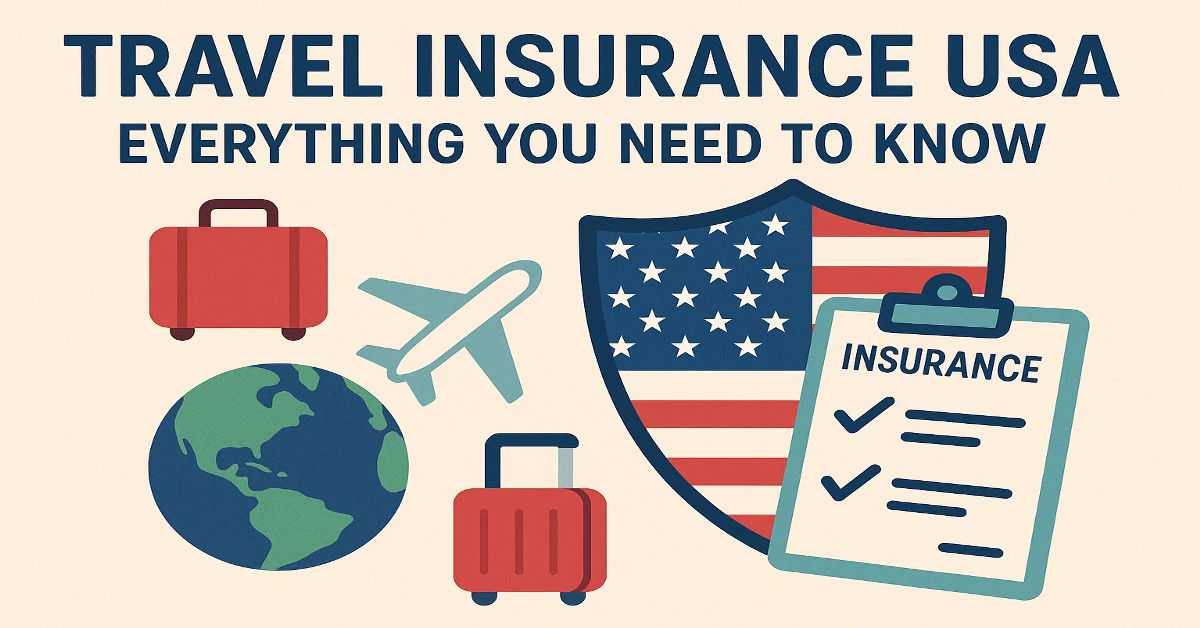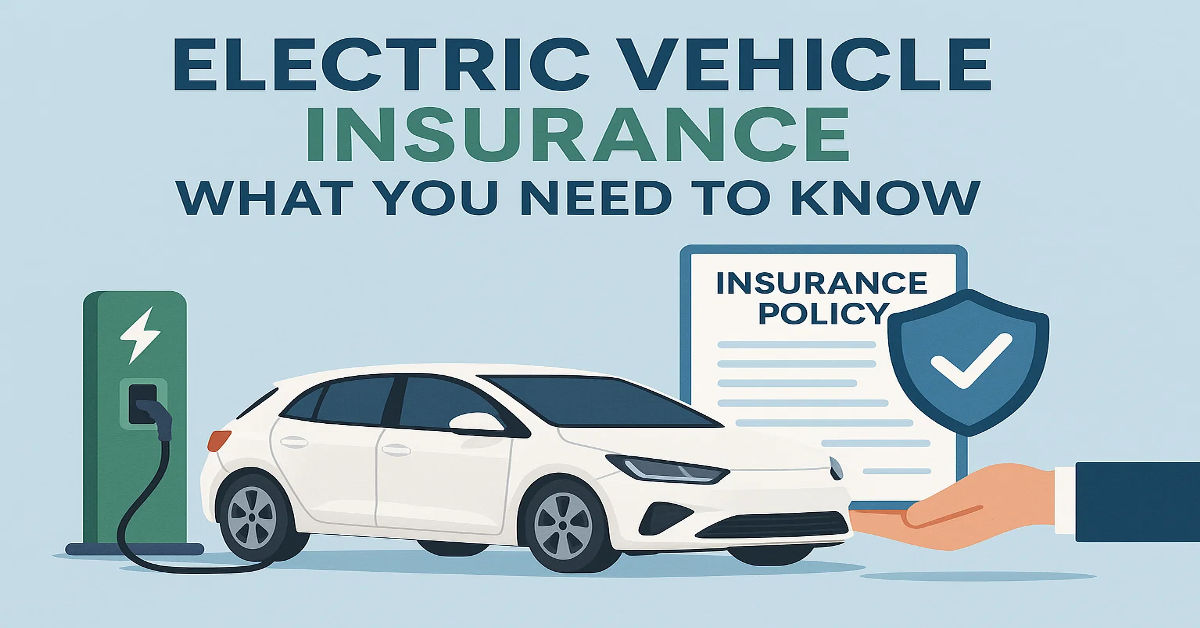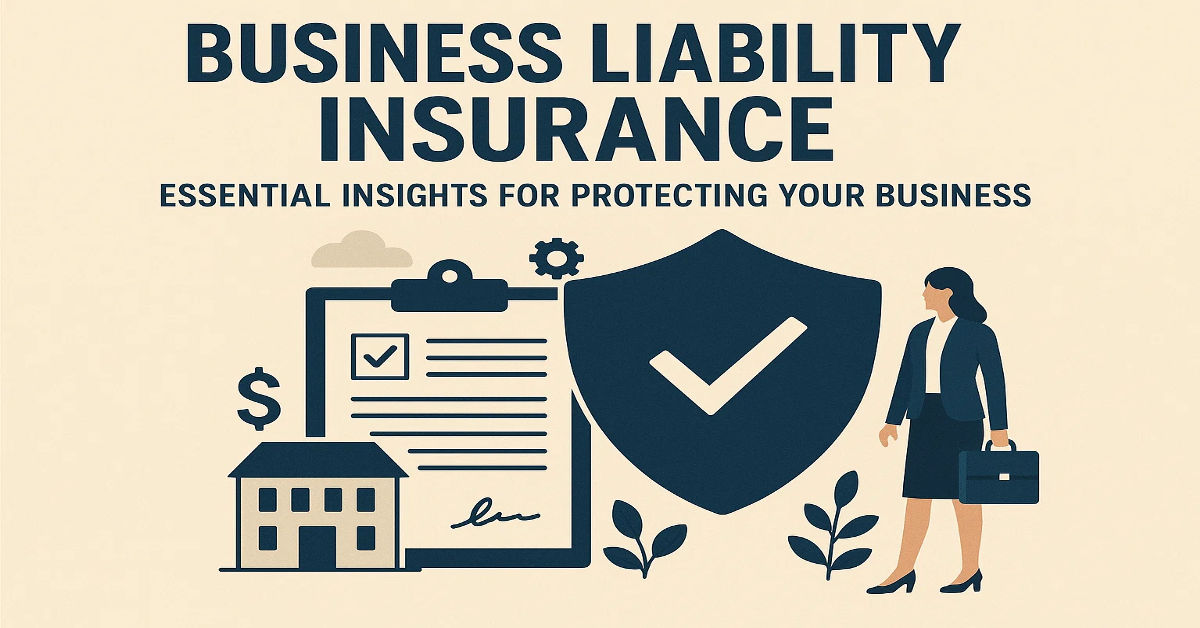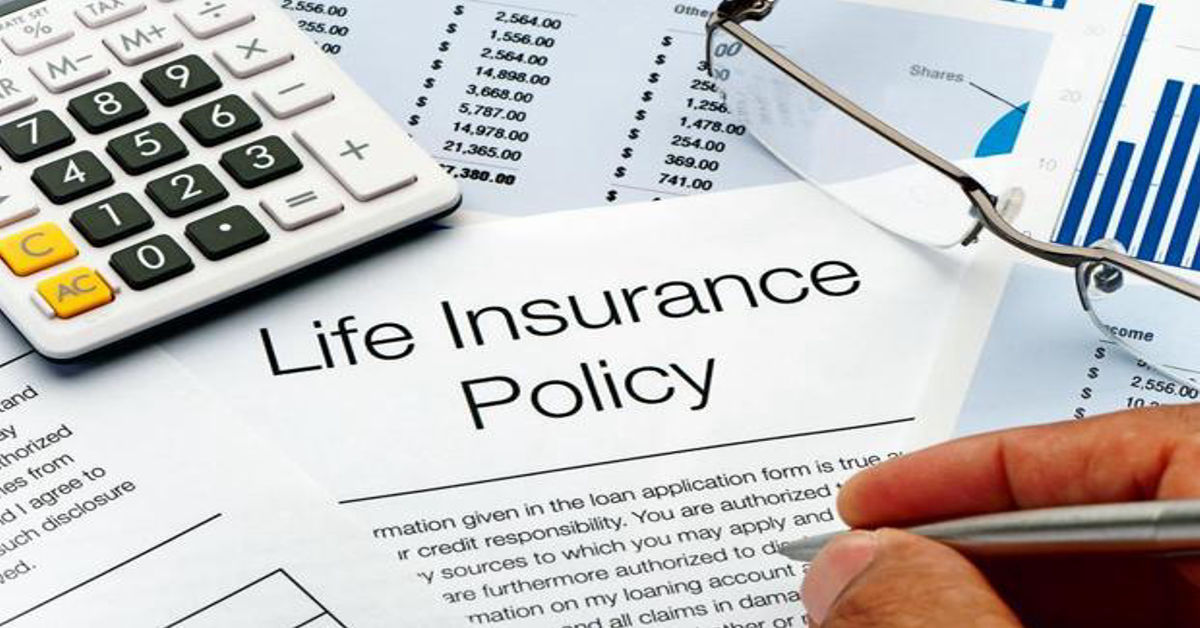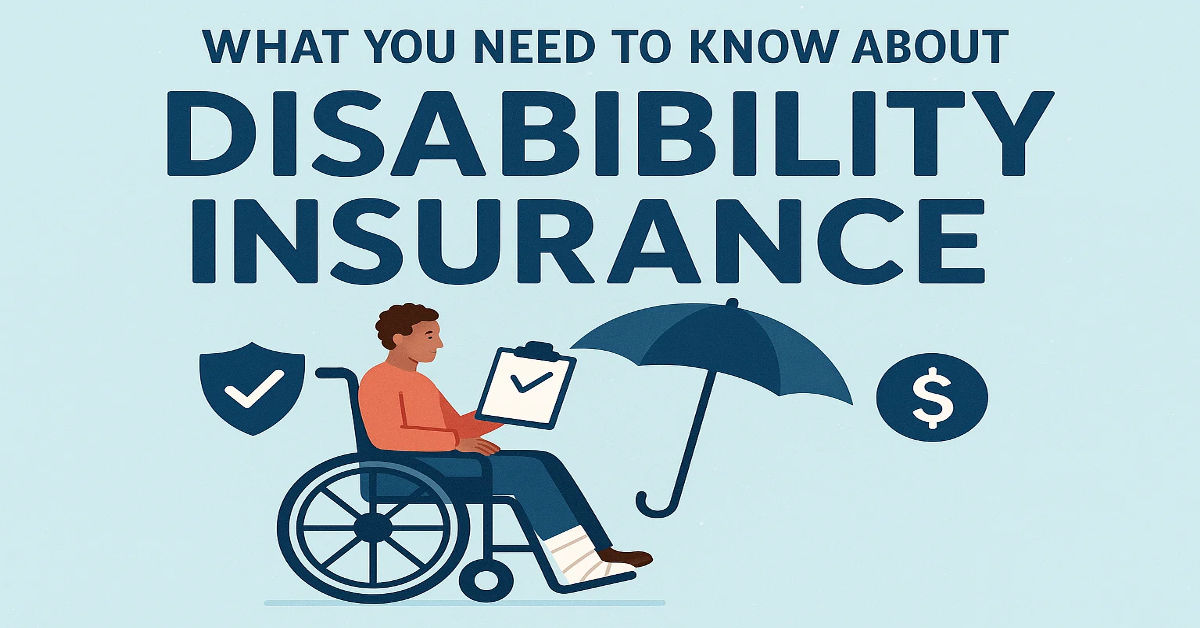
Life is unpredictable. No one expects to face an illness or injury that could interrupt their ability to work, yet it happens more often than many realize. That’s why it’s important to understand Disability Insurance, a form of income protection that steps in when you’re unable to earn a paycheck due to unexpected health issues. This guide breaks down how it can safeguard your finances and why it deserves a spot in your overall personal protection plan.
What Is It?
This specialized insurance helps replace a portion of your salary if a medical situation, such as an accident or a serious disease, prevents you from working. With a reliable policy in place, your essential living costs like rent, loan payments, or daily expenses are less likely to become overwhelming if your income is interrupted.
Unlike workers’ compensation, which is tied only to job-related injuries, disability benefits cover a wider range of events, whether on or off the job. It’s one way to keep your budget stable during recovery.
Types of Coverage
There are two main types: short-term and long-term plans. Knowing the distinction can help you select the best approach for your needs.
Short-Term Coverage
- Offers benefits for weeks or several months
- Addresses situations like minor injuries, post-surgery recovery, or maternity leave
Long-Term Coverage
- Continues after short-term coverage ends, sometimes stretching to several years or until retirement
- Designed for prolonged or permanent medical challenges
Why Consider Disability Insurance?
Statistics show that one out of every four workers will go through a period where they can’t work due to a disability. For most people, their salary is what keeps bills paid and households running smoothly. That’s where Disability Insurance comes in this type of income protection insurance is designed to help bridge any gaps, letting you focus on getting well rather than worrying about bills.
You should consider a policy if:
- You provide most of your family’s income
- Monthly bills and obligations continue, even without a paycheck
- Your emergency fund would not last through months without earnings
Group and Individual Policy Options
Some people have access to incapacity insurance through workplace benefits, which is a great starting point. These group plans are usually more affordable and convenient, but coverage limits may not fully meet everyone’s needs.
Alternately, individual policies can fill in the gaps. They offer customization, greater portability, and aren’t dependent on your current job. This flexibility can be crucial, especially if you change employers or have unique financial responsibilities.
Evaluate both options to ensure your coverage reflects your true risks and needs.
What’s Typically Covered?
Policies generally provide support if you experience:
- Major injuries or serious accidents
- Chronic illnesses like cancer or autoimmune disorders
- Conditions impacting mental health, which interfere with your ability to work
- Ongoing medical issues that require extended time off
Note that some exclusions apply existing health issues or situations related to risky choices might not be covered. Reading the policy details is an important step.
Deciding How Much You Need
Begin by calculating what you must cover every month to maintain your lifestyle—housing, utilities, groceries, and regular bills. Most plans replace about 60%-70% of your regular pay, giving you a manageable source of funds during your recovery.
Payouts from disability insurance are often exempt from taxes, which means the amount you receive could closely reflect your usual take-home pay. This makes budgeting through recovery much easier.
Choosing the Best Policy for You
The process can seem complex, but consider these factors as you review your choices:
- Benefit duration: How long would the benefits last?
- Elimination period: What’s the waiting time before payments begin?
- Premium costs: Will the monthly payment fit comfortably in your budget?
- Optional riders: Are there extra features that could provide more value for your situation?
Getting quotes from different insurers and seeking professional guidance makes it easier to choose a plan that fits.
Debunking Common Myths
Many people avoid looking into this essential coverage because of misunderstandings:
- “I’m healthy, so I don’t need it.” Even healthy individuals can suffer injuries or illnesses.
- “Workplace insurance is enough.” Many disabilities happen away from work, and job-based policies may offer only basic protection.
- “Savings will cover me.” Most people don’t have enough set aside to replace months of missing income.
- “Government benefits are sufficient.” Public programs and Social Security Infirmity Insurance have strict requirements and limitations.
Conclusion
Planning for the unexpected can make all the difference during a tough time. Disability Insurance acts as an essential buffer, reducing financial worries if your ability to earn a living is suddenly compromised by health issues. Reviewing your options early lets you find a plan tailored to your goals and gives you peace of mind for the road ahead.
FAQs
Q1. Is this type of policy really worth considering?
Yes, protecting your income is fundamental for financial security, allowing you to focus on recovery rather than expenses.
Q2. Are there choices for people who are self-employed?
Absolutely! Many insurers offer plans specifically for freelancers, entrepreneurs, and contractors.
Q3. When do benefits begin after submitting a claim?
The start date depends on your policy’s elimination period, which typically ranges from a few weeks to several months.
Q4. Is it possible to combine group and individual policies?
It is. Many people blend both for a broader safety net just ensure your coverage fits your unique needs.
Q5. Are mental health conditions covered?
Many modern policies do, but always check for details about mental health coverage before enrolling.


